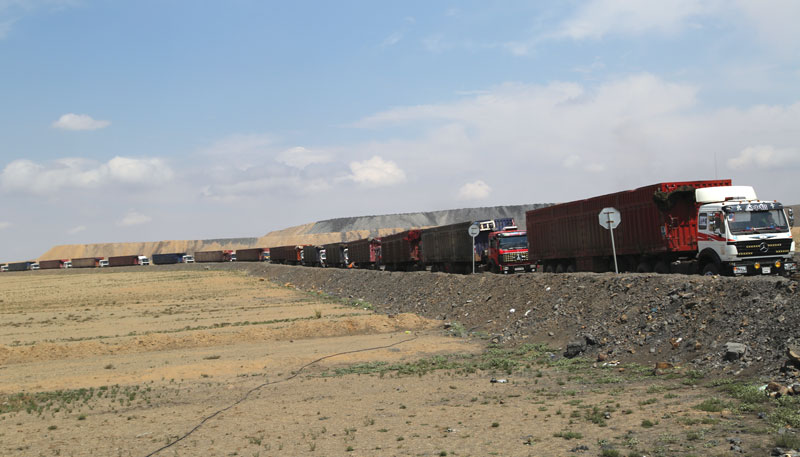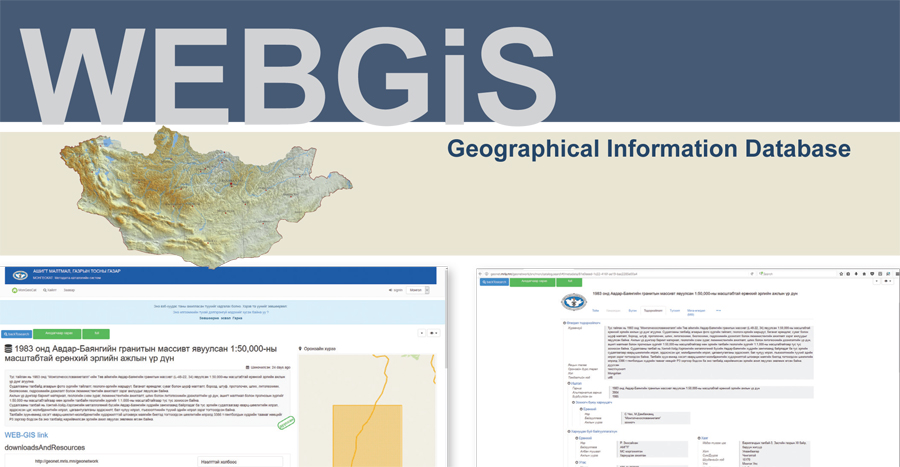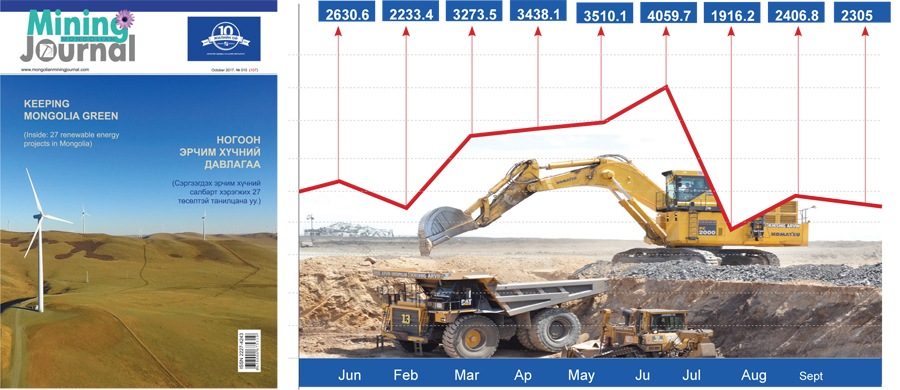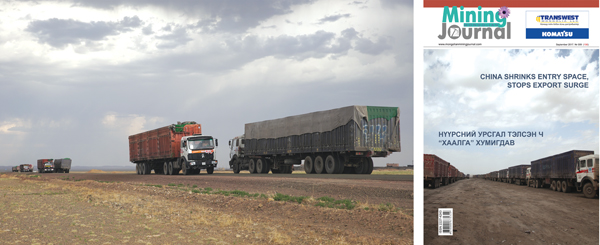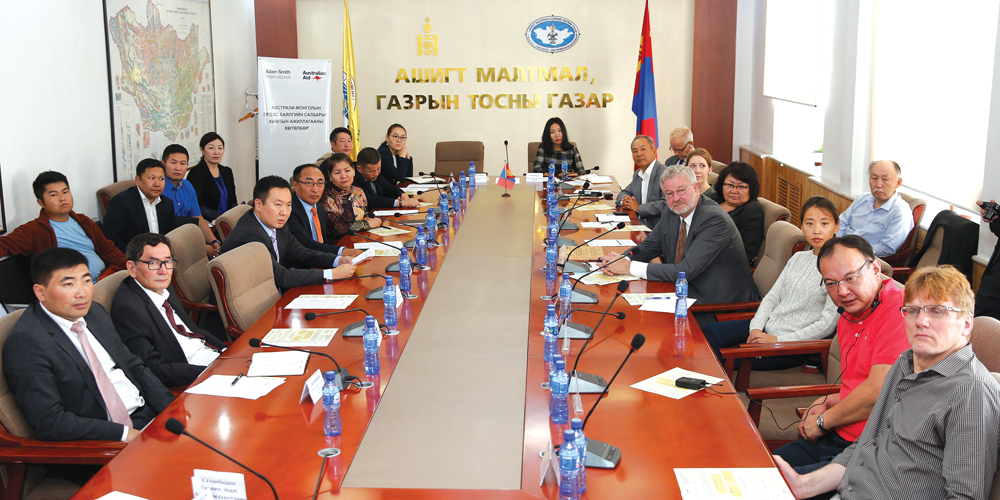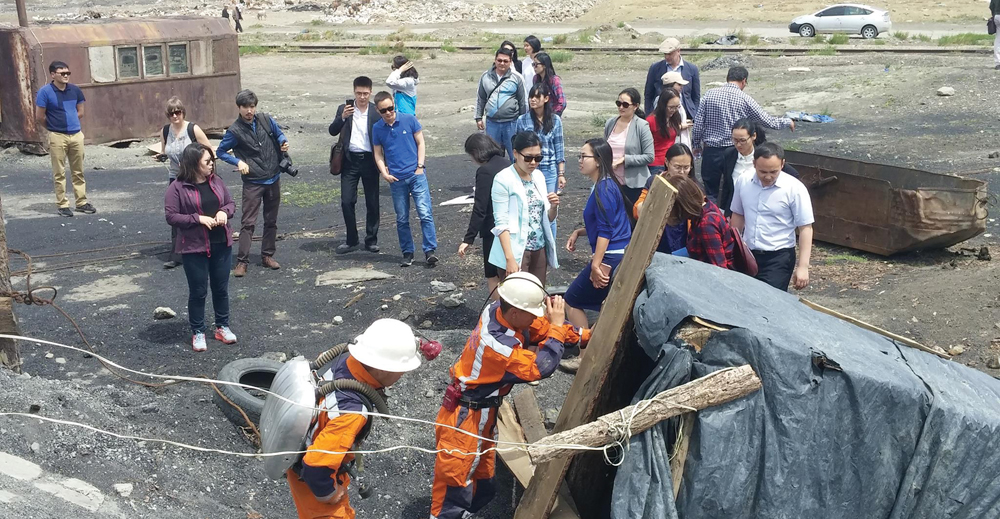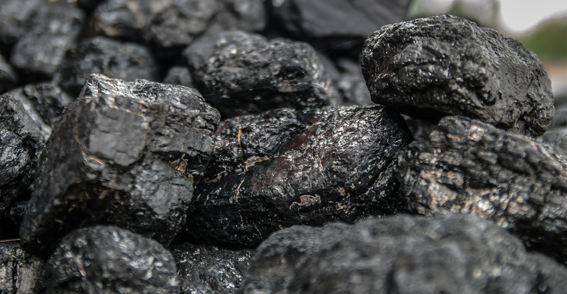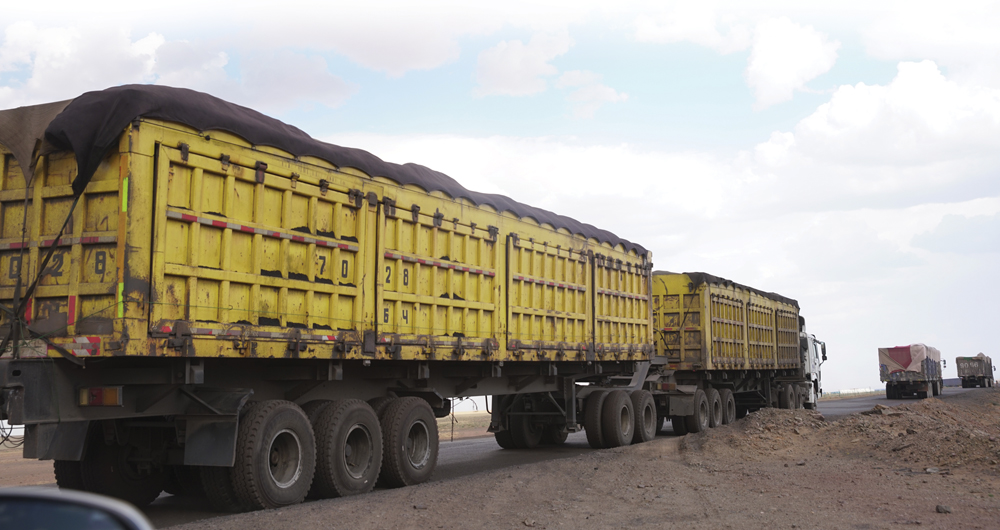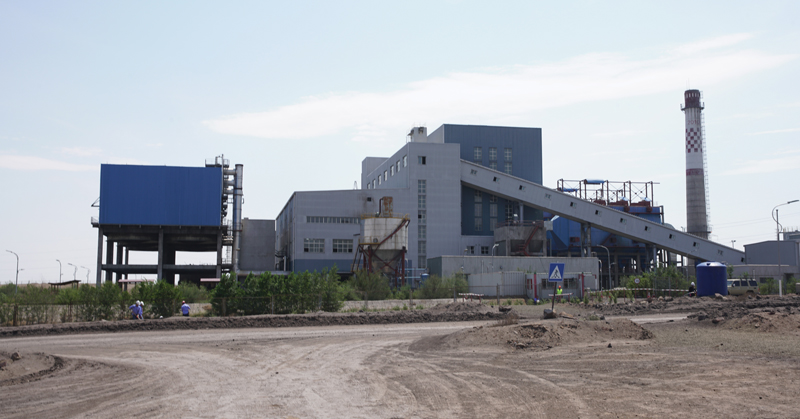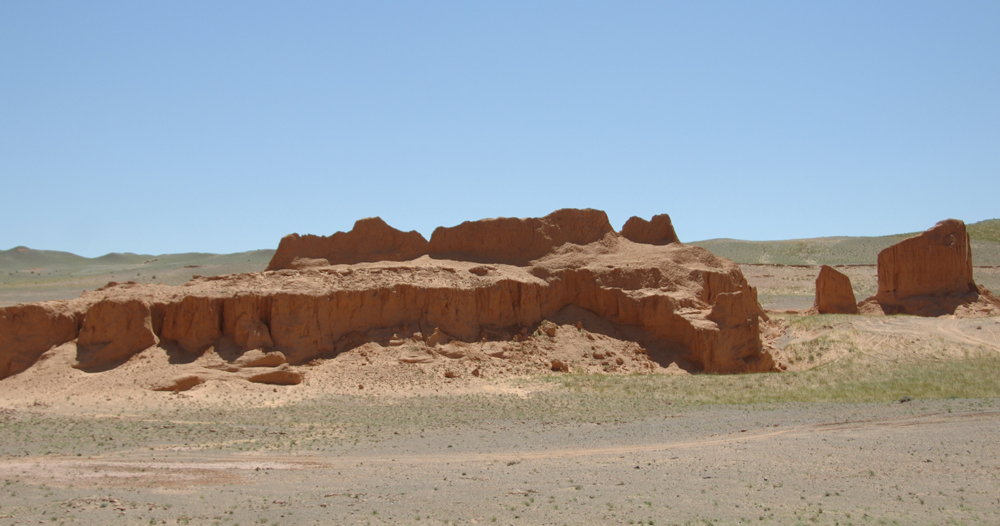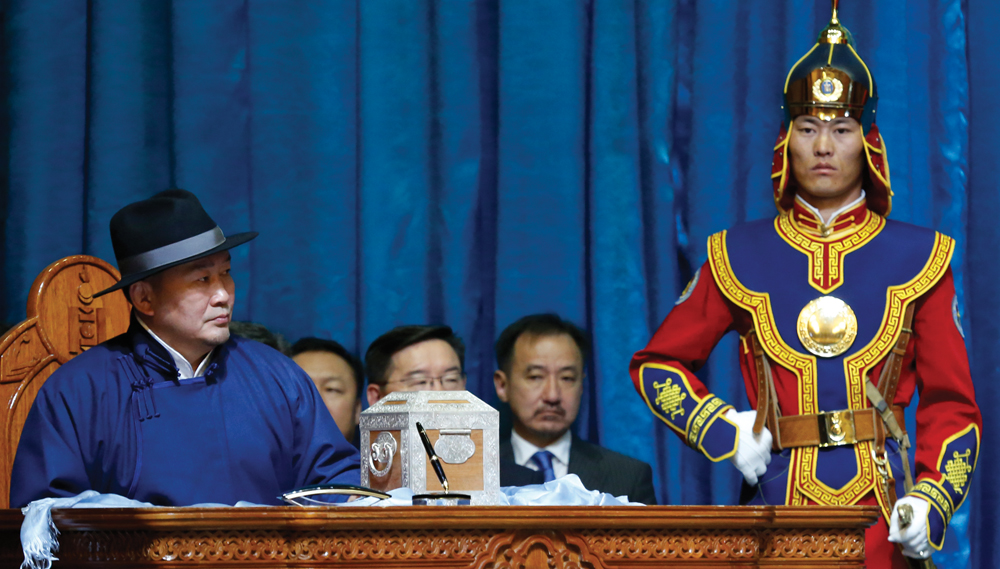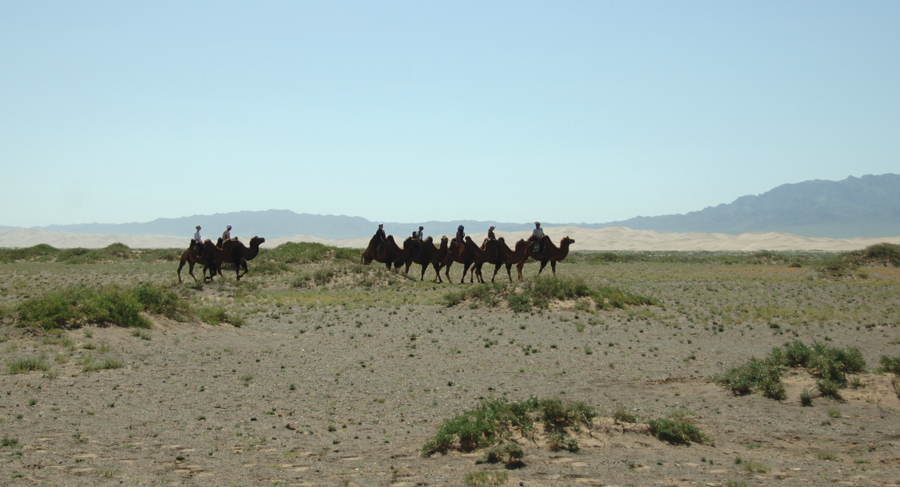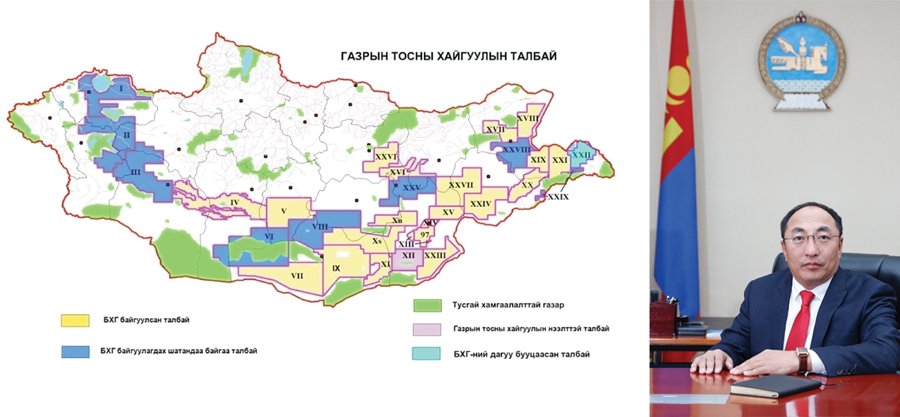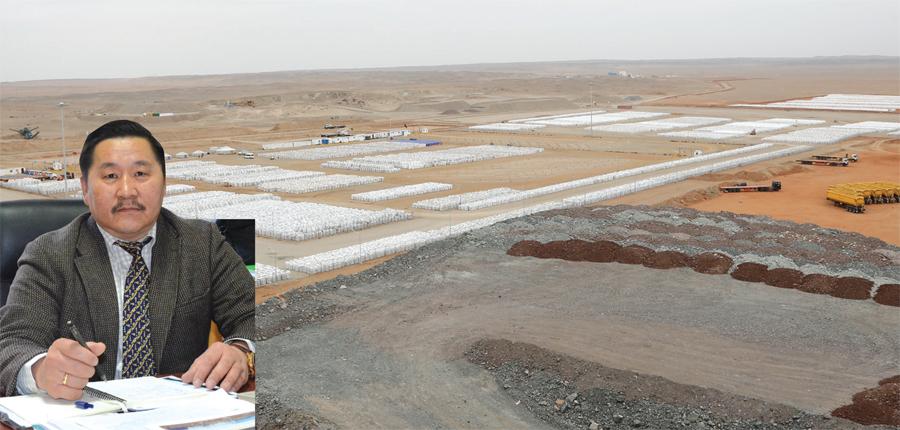Recent news
Shanxi likely to buy more Mongolian coking coal
Shanxi province in Central China has 55 percent of the total coking coal reserves in the country and produces 40.74 percent of the country’s coking coal -- the raw material to produce coke – but even then it now looks set to become a major purchaser of Mongolian coking coal, as Shanxi’s coking industry is being expanded in a big way.
“Mongolians can do TAVANTOLGOI extraction work themselves”
N.Ariuntuya finds out from the Executive Director of Erdenes Tavan Tolgoi, D.Ariunbold, about the present state of affairs in the company, and the likely challenges ahead. Some bold decisions are long overdue to fulfil the company’s potential but these can be taken only at the political level.
A tale of lost chances
The graph shows how coal export reached its peak volume in June, only to slide sharply in July, recovering but slightly in August and staying more or less the same in September. Reports so far this month do not promise much of a change.
The IMF program “will not solve structural problems”
Prof. Dr. Hans-Werner Sinn, who retired in 2016 as President of the Ifo Institute and Director of the Centre for Economic Studies in Munich, Germany, was in Mongolia in 2013 and then again in August-September, 2017.
Coal’s way
The restrictions recently imposed on coal trucking in China’s eastern and northeastern provinces have had a negative impact on Mongolia’s coal exports, as that region is where much of the country’s coking coal imports are consumed.
Geological information goes online soon
It is widely accepted that potential foreign investors in the geological and mining sector will look for an improved legal environment and stable policies, but no less important is to allow them easy and detailed access to geological information.
What young professionals can learn at capacity-building workshops
Young professionals perform the bulk of the work in many organizations and institutions in Mongolia, including in the mining sector. In the government bureaucracy, young professionals are often the first to draft policy documents, thereby contributing to the process of policy discussions and changes.
The Outlook for Coal
As noted by the International Energy Agency (IEA) coal supplies a third of all energy used worldwide and makes up 40% of electricity generation, as well as playing a crucial role in industries such as iron and steel. Coal is also very important for Mongolia, as it is one of Mongolia’s major exports.
Coal claims 40% share in total exports, trade turnover rises 34%
The National Statistical Office reports that foreign trade turnover at the end of July reached $5.9 billion, showing an YoY increase of 33.9% or $1.5 billion. In the same period, exports increased by 38.5% or $979 million to stand at $3.5 billion, while imports rose by 27.5% or $504 million and reached $2.3 billion. The foreign trade balance grew 67% YoY, and showed a surplus of $1.2 billion.
Aspire starts work on Erdenet-Ovoot railway
Work on laying the tracks of Australia-listed Aspire Mining’s 547-km-long Erdenet-Ovoot railway formally began on 20 June. The project has been entrusted to Northern Railways LLC, a subsidiary of the company, and is expected to be ready for traffic in 2022. When complete, the railway will go up to the Russian border at Arts Suuri, where it will be connected to the Russian Trans Siberian Railway through Kyzyl city’s port, and thus become part of the Russia-Mongolia-China Economic Corridor.
Energy Resources gets ready to expand operations
Expecting the market to be more positive, Energy Resources, which runs the Ukhaakhudag coking coal mine in the southern gobi, is planning to be ready to operate all three units of its coal handling plant there from the autumn. Currently two units are active. The company feels it will need to raise production capacity if demand increases, as many feel it will.
Umnugobi shows the way in local involvement
Mongolia’s largest aimag, Umnugobi, has acquired the status of a “strategic aimag”, with its three strategically important deposits contributing significantly to the country’s economy. It is also one of the few aimags that do not accept any subsidy from the state budget.
New President, new equations
This year’s Presidential election was the first time a second round of polling was necessary, but apart from that, what was most notable about this election was that if the candidates’ expenses ran into hundreds of billions of MNT, the campaign promises exceeded that amount by several times.
Cleaning up laws in the mineral sector
The list above is of the main laws that govern the mineral sector. They will soon receive a thorough clean-up to remove contradictions and conflicts between them, and to make them more coherent and complementary.
“We must respect local citizens’ views”
The thrust on reviving mineral exploration has led to a decision to issue special exploration permits on 41.4 million hectares of land, or 26.4% of Mongolian territory. Permits for 31.2 million hectares will be issued under application, while those on the remaining 10.2 million hectares will be decided under the selection process. N.Ariuntuya spoke to B.Baatartsogt, Head of the Mineral Resources and Petroleum Authority, to find out where and how matters stand.
Coal’s come back year
The first five months of the year saw Mongolia exporting 15 million tonnes of coal and earning $1 billion from it, taking us back to the heady days of 2011 when more coal than ever before was exported. Then, as now, the export success gave a big boost to a national economy in crisis.
Copper smelter proposed at Khanbogd will need $2 billion to build
Overturning the previous Government’s decision to build the proposed copper concentrate smelting and refining plant in Bor-Undur soum of Khentii aimag, the present Government recently approved an old suggestion by the Ministry of Mining and Heavy Industry to set it up in Khanbogd soum of Umnugovi aimag.
